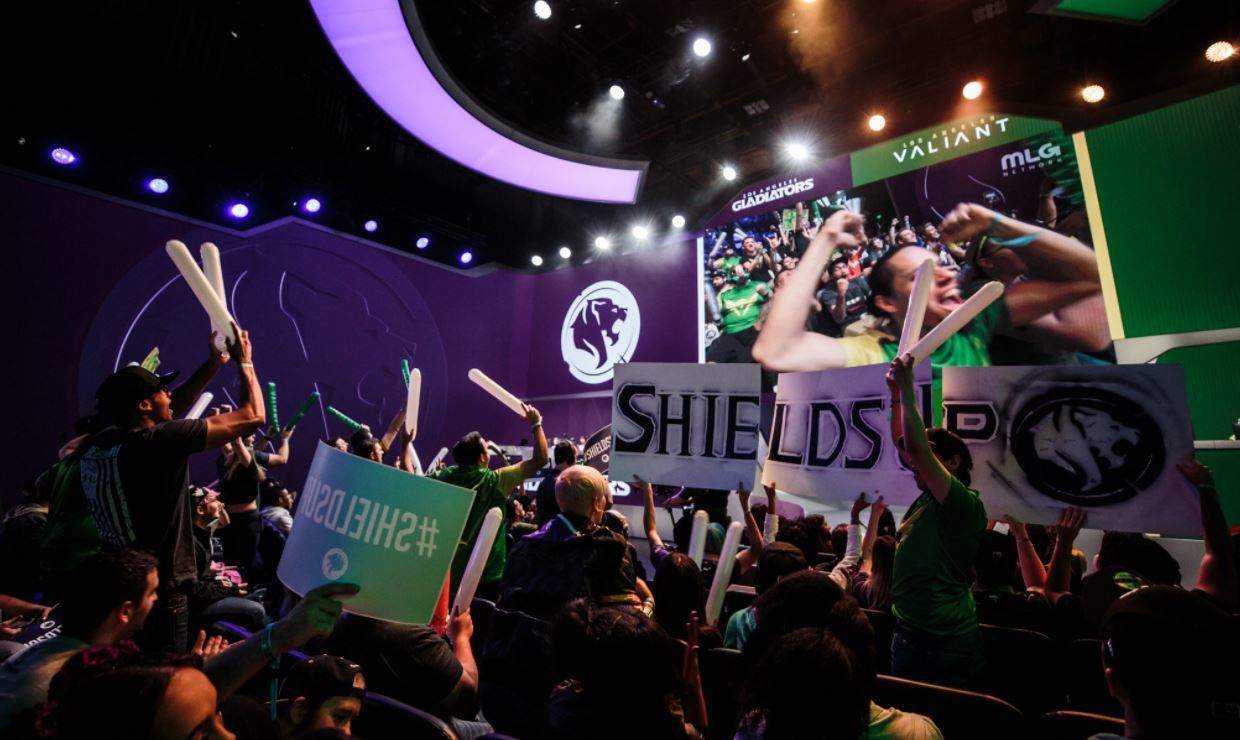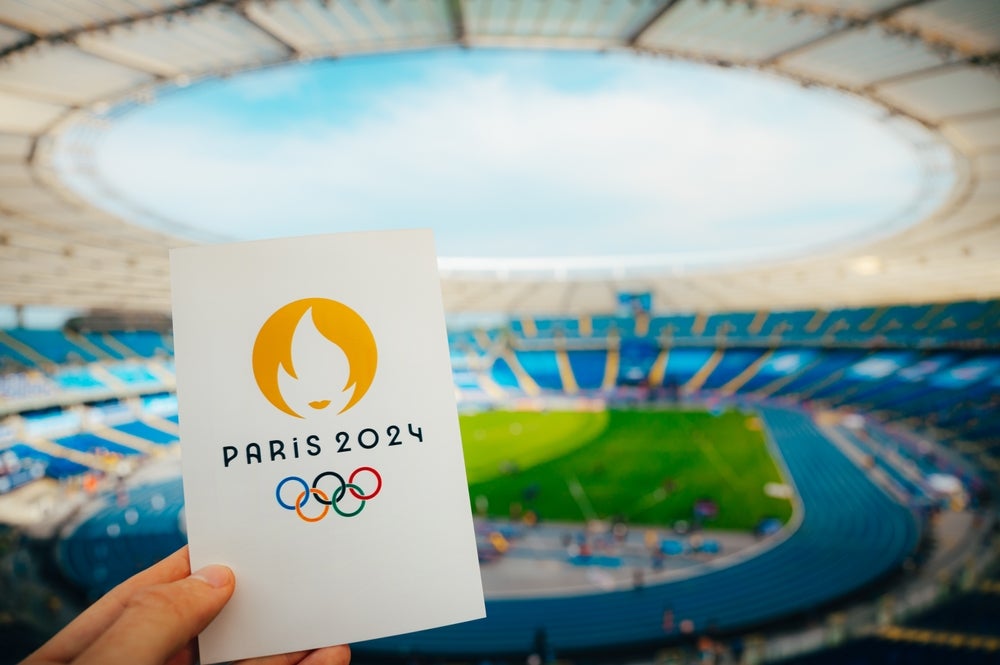
As week three of the Overwatch League gets underway in Burbank, California, Blizzard are expecting another sell-out crowd.
While the Overwatch League’s stadium only holds a maximum capacity of 530 spectators, the lack of unsold tickets offer an exciting insight into just how much interest the esports tournament has generated and, if it continues to grow, just how much money Overwatch esports could be worth.
Ahead of the Overwatch League launch, leading financial services firm Morgan Stanley estimated that the competition could generate up to $720m per year in the future. If its prediction proves correct, the Overwatch League would bring in more revenue than the United States’ top football competition, Major League Soccer.
Just three weeks in, the Overwatch League has a long way to go if it is to get anywhere close to reaching $700m in revenue, but how does Blizzard plan to generate Overwatch League revenue?
Ticket sales
Blizzard is currently pricing Overwatch League tickets at $20. With approximately 530 tickets available, Blizzard is making $10,600 from ticket sales on each game day, or $31,800 each week. If the Blizzard Arena continues to sell out throughout stage one, the league will pocket $159,000 in a little over a month.
In total, should tickets continue to sell out, $657,000 would be made throughout the first four stages of the inaugural season.
How well do you really know your competitors?
Access the most comprehensive Company Profiles on the market, powered by GlobalData. Save hours of research. Gain competitive edge.

Thank you!
Your download email will arrive shortly
Not ready to buy yet? Download a free sample
We are confident about the unique quality of our Company Profiles. However, we want you to make the most beneficial decision for your business, so we offer a free sample that you can download by submitting the below form
By GlobalDataBlizzard has yet to release details of the post-season rounds. This will see the league’s best performers from the regular season battle it out for the grand prize. However, with the video game developer taking inspiration from traditional sports, it seems likely that ticket prices will be increased for the playoff, grand finals and all-star matches that will take place at the end of the season.
Blizzard has already started to introduce surge pricing for games that they expect to be popular. The Saturday fixtures for stage two/week one on 24 February will cost $30 rather than $20, for example.
Playoff games will be held across six days, before qualifying teams move on to the grand finals. Two semi-finals and a final are expected to be played over three days. If we’re going with the $30 surge price, that would bring in at least another $143,000.
$800,000 is small change to a company worth $53bn. However, Blizzard will undoubtedly scale up as the league grows.
Morgan Stanley predicts that 13 percent of future revenue will come from ticket sales. Depending on how the Overwatch League develops, that could be a little or a lot.
Broadcasting rights
This is where sports makes most of its money.
Broadcasters pay billions of dollars each year for the rights to show major competitions such as football’s Premier league and American football’s National Football League.
Blizzard has already had a taste of the riches that broadcasting rights can bring.
It will be some time before the Overwatch League can compete with traditional sports. However, Blizzard’s flagship tournament is already leading the way in the world of esports.
The publisher agreed a $90m deal with video game streaming platform Twitch earlier this month. This granted Twitch the exclusive streaming rights to all Overwatch League matches during the first two seasons of play.
At $45m a year, that deal was the biggest content licensing deal in the history of esports.
Tech giants Amazon, Facebook and Google are all showing an interest in esports streaming rights, which can also be a good thing for organisers.
Should viewing figures hold strong, Blizzard can expect that figure to climb with future deals as interest grows.
Stanley Morgan estimates that as much as 32 percent of future revenue could come from content licensing, such as the Twitch deal.
Franchise fees
According to reports, Blizzard set the cost of buying into the Overwatch League at $20m.
While this priced many organisations out, 12 teams were willing to pay the price in order to feature in the league, putting $240m in Blizzard’s pocket.
This is a one-off fee. Blizzard won’t force teams to hand over an annual fee in order to hold on to their spot. However, with plans to expand the number of teams competing in the Overwatch League, Blizzard is set to earn more from franchise fees in the future.
At the very least, should the league fail to live up to its initial hype, Blizzard will have $240m to offset the development costs.
Other revenue streams
While figures have yet to be reported, the Overwatch League will also generate revenue through a number of other streams.
For example, Blizzard is selling Overwatch League branded merchandise via the official website. Fans can buy apparel, accessories and home items complete with the colours and logos of their favourite team.
Blizzard won’t likely be relying on merchandise as a key revenue source just yet. However, given that the United States’ sports merchandising market is worth over $14bn, there is certainly money to be made as the league’s popularity grows. Morgan Stanley estimates that 27 percent of revenue could be made from merchandising in the future.
Sponsorship is another area with lots of potential. The Overwatch League secured tech companies Intel and HP as hardware providers ahead of the debut season. Likewise, they also announced collaboration with car manufacturer Toyota.
Blizzard hasn’t revealed the exact details of these deals. However, there is undoubtedly some incentive for them to partner with these brands.
Should the Overwatch League prove itself as esport’s first competitor to traditional sports, Morgan Stanley estimates that 30 percent of revenue will come from future sponsorship deals.
How can Overwatch League continue to grow?
According to Morgan Stanley, increasing the number of teams competing in the Overwatch League is vital to ensuring that revenue continues to grow. More teams means more matches. This provides more opportunities to sell tickets and show adverts, which in turn will generate more money.
However, ensuring that fans are entertained is most important. Without viewers, the advertisers and sponsors won’t pay up.
The organiser has outlined their plans to “build content around the players, tell stories and create stars”. This is an approach that has worked well for traditional sports. Sports fans care as much for the transfer deals and off-field feuds as they do for the sport. This is ultimately what will keep fans interested in Overwatch, tuning into streams and attending matches.







